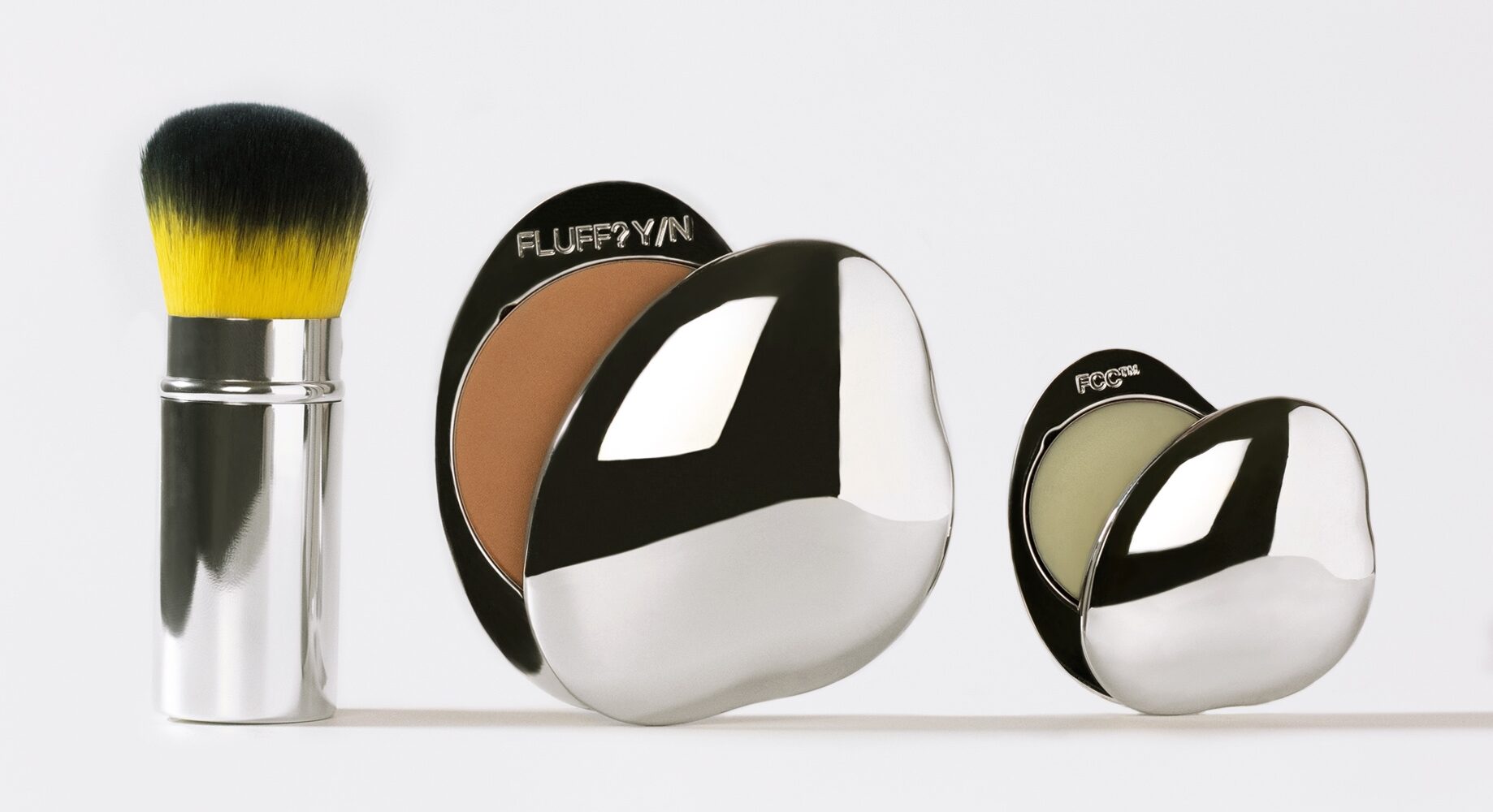
“Much More Than Makeup”: Emerging Brand Fluff Challenges Beauty’s Problematic Consumer Culture
Can a company sell beauty products while underselling the significance of the beauty industry? Frank Body co-founder and Fluff founder Erika Geraerts thinks so. After leaving the brand known for its coffee scrub, cheeky persona and eye-catching social media four years ago, Geraerts sought to strike what she admits is a tricky balance with Fluff: building a makeup and skincare company that’s totally fine with people not using makeup and skincare.
Fluff describes its products as “casual cosmetics,” has embarked on a content arm called Issues delving into emotional matters rather than makeup and stays away from chasing trends to maximize turnover. “Wearing Fluff is about wearing your values. It’s saying, ‘I know I’m so much more than makeup,’” explains Geraerts, adding, “One of our main messages is, ‘I’m prettier now that I don’t care.’ It’s not about not caring about anything. It’s about not putting so much importance on external looks or validation. There’s something beautiful about a person who isn’t focused on beauty or superficial things.”
Beauty Independent talked to Geraerts about her exit from Frank Body, unique attributes of gen Z consumers, Fluff’s forthcoming expansion beyond its home country of Australia, the business of refills and the problem with celebrity brands.
Why did you want to leave Frank Body and start a new company?
It’s funny you ask because I’ve been reflecting on that in the last couple of months to understand if my reasons for doing it four years ago line up with my values now. I’ve never been obsessed with beauty. My background is in writing, copywriting and journalism. I had a writing agency called Willow & Blake with my co-founders at Frank Body [Jess Hatzis and Bree Johnson]. We were writing for a lot of beauty brands given that we were in our 20s and had a voice they were interested in. I was thrown into this world, and it happened to work.
Frank Body grew so quickly. We experienced growth in three years that some companies might experience in 10 years. The catalyst for me choosing to leave was we were going through the process of investment, and we were asked to sign on for five years. I asked myself, “Is this something I want to commit to?” Five years was longer than I had been at any job. I was 26 at the time. I had to look at my future and think about what it would be like. There was something in me that didn’t feel content because we didn’t have a vision or plan for Frank Body. It was almost as if we were pulling everything together as we were going.
Because it was five of us [Alex Boffa and Steve Rowley are also Frank Body co-founders], we were going to have differences of opinion, and I felt a little bit disconnected from the brand and the messaging. In that three years, social media had changed so much, and it was pulling companies in ways in which brands were exploiting customers and their insecurities. Exploiting insecurities wasn’t something new to the beauty industry, of course. But I was having this internal conflict about the brand no longer being the brand I wanted it to be.
I knew that, because there was five of us, the brand would be fine. I had another brand or brands in me, and they would take it in the direction they wanted it to go, which they have done. I respect what they have done and how they’ve scaled the brand, but, for me, I knew there was a different path.
Did you know what you wanted to do next when you left?
During my time at Frank Body, I was thrown into the beauty industry meeting other founders, influencers and customers. I noticed this growing discontent or disillusionment with the industry. Beauty didn’t feel empowering. I was especially concerned for younger consumers. I was comparing their experience to my experience growing up and the amount of content that was being put in front of them every day. I was lucky that, when I was a teenager, I had MSN Chat and Facebook, and I still felt the impact of beauty messaging. I wanted to help the younger generation with how they should look and feel apart from the messages they were receiving. I didn’t feel there was a brand talking to them in that way.
I loved Glossier and chatted with Emily [Weiss], but I thought it had a specific idea of beauty, and there could be another one, especially in Australia because we didn’t have anything like that at the time. That’s where I started with Fluff, that there could be a better brand with better products focused on younger consumers without making it tween-y or very young. The way 13 to 18 year olds were communicating wasn’t very young. It was very intelligent, and I felt there was a brand that could speak to them in that way.
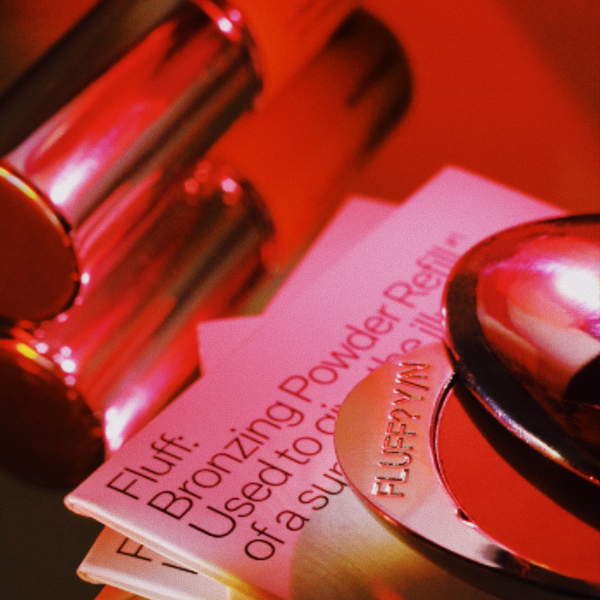
What products did you want Fluff to have?
The biggest thing for me has been trying to make beauty matter less or the right things about beauty matter. I love makeup. I think it’s great. It can be an incredibly empowering tool and form of expression, but I felt that the industry had developed a narrative that attached self-worth to products and what we consume.
We have always said, “It’s OK to feel more with makeup as long as you don’t feel less without out.” That statement really resonated with customers. We never wanted to take makeup away from them or make them feel bad for wearing it, but we wanted to make them feel comfortable not wearing it. That informed our product philosophy. It doesn’t have heavy payoff so that, in the days that you want to wear makeup, you can still look like yourself, and show your skin and freckles. It’s about really taking ownership of what you look like and seeing that as beautiful while you are wearing makeup.
We were going to start with plastic packaging, and it wasn’t until our last day at a trade show in Hong Kong that I came across the material Zamac that we use in our products that are now refillable. It was a last-minute decision to use that material, but we are so glad we did. Our compacts are iconic. They’re an art piece that people want to show their friends, and they represent more than makeup. What I love about our lip balm is it’s a point of conversation. If it’s sitting on a table, people are like, “Oh, you love Fluff,” and they engage in conversation about the brand.
Today, we are at about 15 SKUs. In terms of our makeup range, our promise was never to create a foundation product. We don’t think that’s necessary. We want our products to not cover your face, but highlight your natural differences from the next person. We are extending our shade range of bronzing powder and lip oils based on consumer feedback, and we have been working on a brow pomade, cream blushes and SPF moisturizer. They are meant to fit in with your routine and for the customer to get ready in minutes.
I would prefer to have a customer for longer amounts of time refilling the same products than be constantly chasing new customers. That is where a lot of brands are struggling. They have an expiry date on a customer. They hook them with a trend. Then, the customers move on. That is my worry with a lot of these celebrity brands. They are taking a lot of the market share right now, and consumers will always want to try them, but I would be interested in what the repurchase rate is.
You talked to a ton of young consumers before launching Fluff. What did you learn?
What’s unique about this customer base is how they use technology and social media, and the way they converse with each other and also brands. There’s no filter or hierarchy for how they engage and communicate. They expect to talk to us as they would their friends. I just find it incredible. The DMs and emails we get are always demanding us to be better—and they should. We have to engage with them and try to get to a place where they understand the nuance of what can be expected from a brand. They have been inundated with products and have been seeing messaging about them for a long time. So, they will see through brands that don’t have integrity. They will drill down and ask questions of brands because they want to know that we can answer them.
We have expanded our product offering to bring in an older audience as well because we found that especially our compacts were appealing to an older audience, and our skincare, which is about simplifying routines, was resonating with an older audience that had routine fatigue. They weren’t getting the outcomes they wanted for their skin even though they were spending a lot of time and energy on multistep routines. Fluff’s message is to spend less time thinking about that, minimize the emotional energy going into beauty, and keep it focused on having fun and appreciating yourself and how you look.
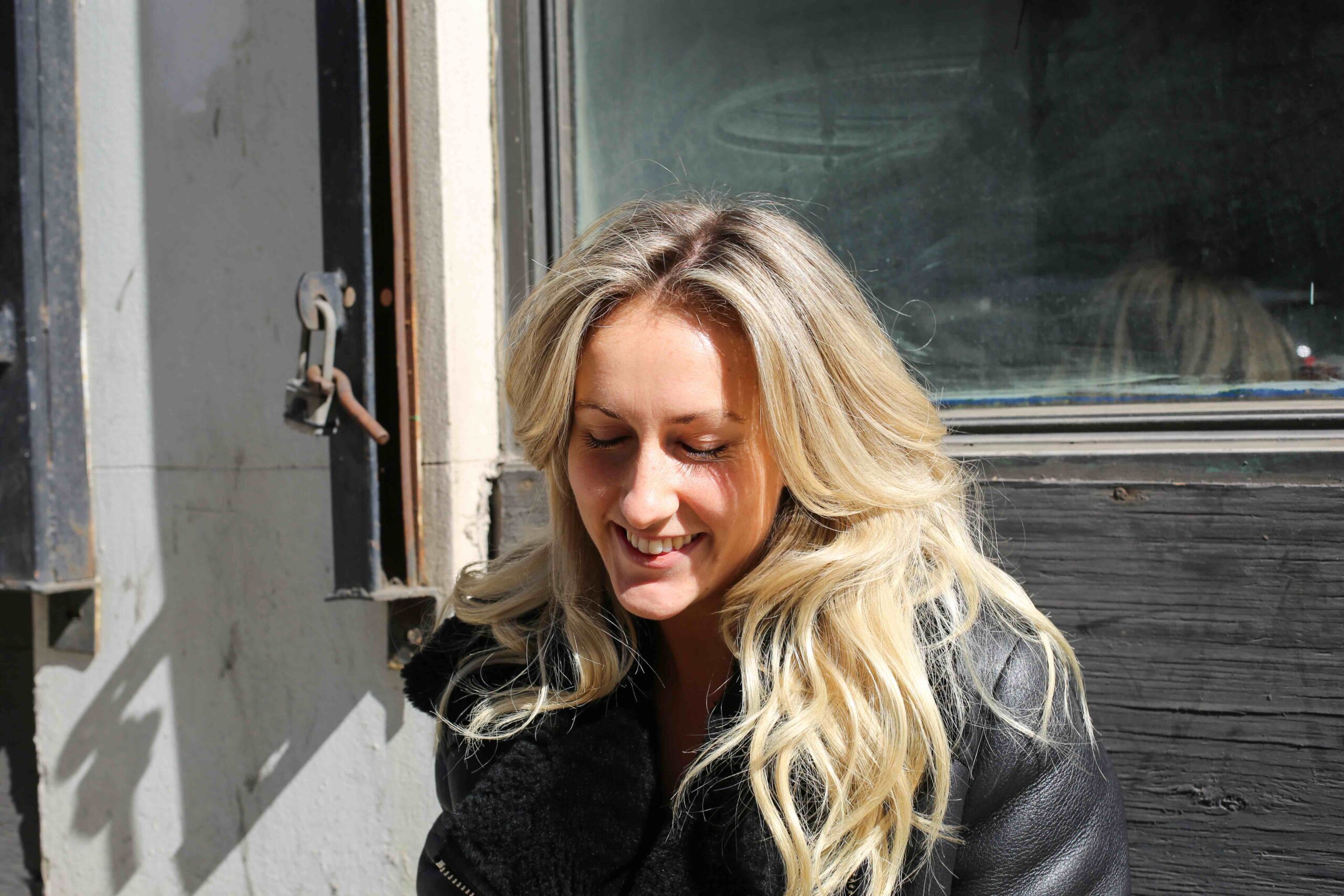
It does feel sometimes like the beauty industry has gotten very, very serious.
It should be fun. It feels so serious and exhausting. I often look at my male friends who don’t use any skincare or makeup. Their skin is just great, and they are not thinking about it. It’s like, “Why are we doing this to ourselves?” On the other end of the spectrum, I was talking to a skincare veteran, and he’s very much a purist. He said, “I don’t like how we are simplifying routines because everyone is so different, and we can’t have a blanket approach.” In some ways, I agree with that, but it’s a personal journey, and people have to stop listening to what a brand or article says. It’s about what is good for you.
Why do you really think you need a retinol? Our biggest thing is ask yourself why. If you’re trying to reduce pigmentation, why are you trying to reduce pigmentation? What has told you that pigmentation is not OK? It is a hard process because, once you start thinking, it becomes more serious, and you understand a lot of it is about marketing and, at the end of the day, consumption.
Our approach at Fluff is this is something you can spend less time thinking about. I’ve never been more relaxed or happier in terms of my appearance, and I use fewer products. I’m not stressing or having expectations about my skin. I put more focus on my lifestyle choices, whether it’s exercise or eating, and that’s where I see greater outcomes. If you ask me, I don’t know the differences between half of the skincare ingredients out there, and some people would say that’s really bad since I’m in the industry, but I don’t think there’s anything wrong with not knowing that information. I know what’s working for me.
What was your distribution strategy to begin with and has it changed?
The last couple of years for us has been focused on being a direct-to-consumer company and expanding our product range. Now that we have established that, we are ready to push into new markets, particularly in the U.S. and U.K. We are thinking about who we want to partner and align with. People don’t think about the business of wholesaling and how you build out your model to accommodate retail margins. We withheld from doing that, but now we are looking at two key online partnerships, one that will roll out at the end of the year. They are the total opposites in terms of the consumer base and brand perception. One is more high-end luxe, and the other is speaking to the mass market. I believe that our message will resonate with both of them.
We had a store in Melbourne and, with COVID, we closed our store. We would really like to open another store next year, and it will be a really different experience than our store originally was. We want to make it a lot smaller, a lot more intimate, where the customer can come in and get to know us as opposed to it being a transactional experience. Our refill model is really growing and that is what consumers really want. Our products are pretty simple, so they don’t require that much swatching, but what we are finding is that consumers want to talk to us about the industry. They want to be heard, especially now when we have all been disconnected from each other.
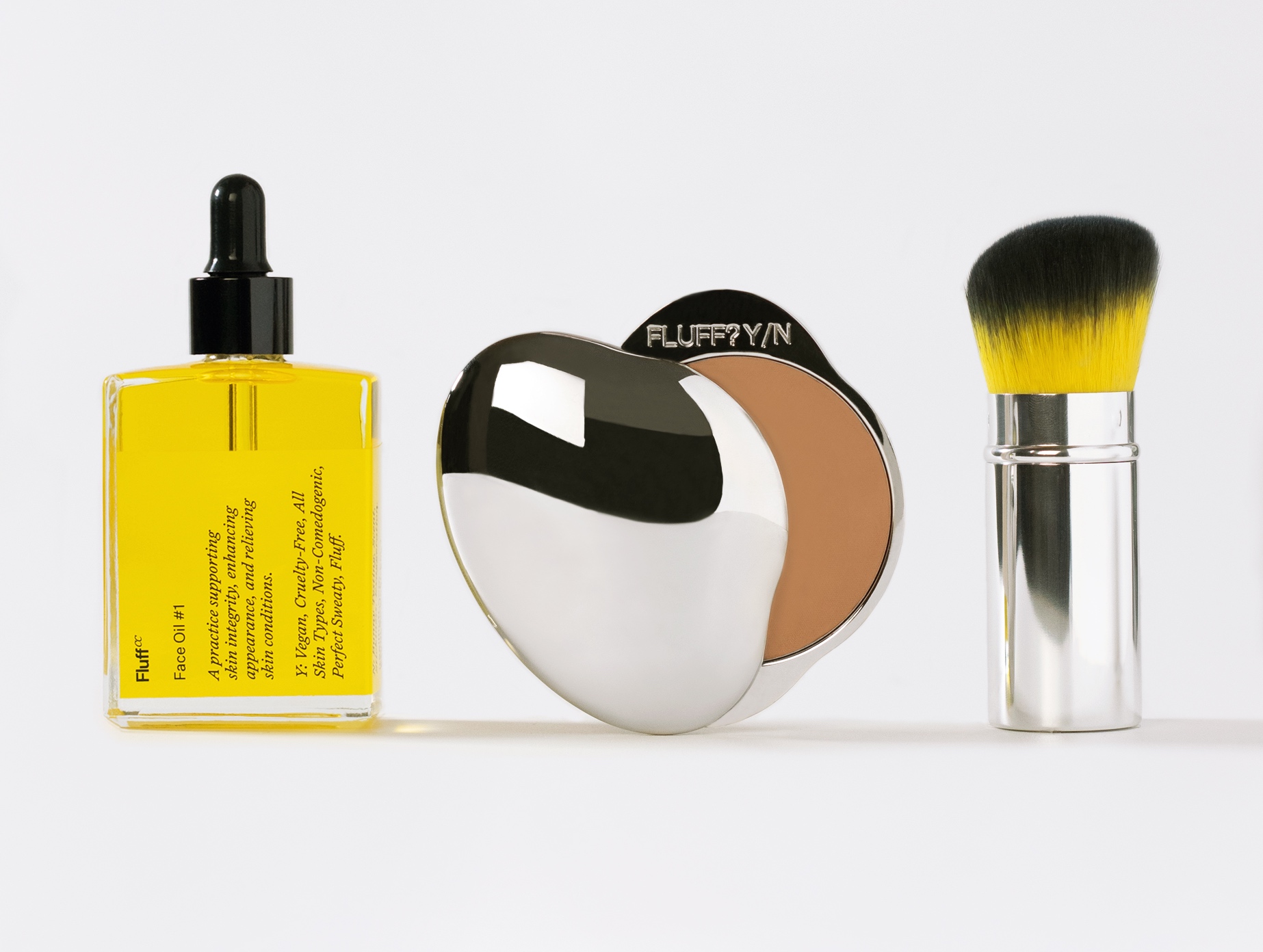
How did you think about pricing?
We were originally targeting this younger consumer, so everyone in the industry said, “You have to make it really cheap.” I said, “Why?” When they value something, consumers are willing to pay for it, especially this younger consumer. We wanted to find a sweet spot with our product that reflected our value, particularly with the compact because it’s weighty and luxurious, and the formula is really good. And we had to make it work from a business perspective because our cost of goods is high, but we don’t want to price out consumers.
When you look at brands that use Zamac for their compacts, they are almost twice the price. They are brands speaking to an older consumer and with a luxe aesthetic. I couldn’t charge $60. We were willing to lose on the initial purchase and the refill model is where we make more, but where it’s cheaper for the customer.
We have changed the prices. Our lip oils started at $29, and we put them up to $33. Our bronzing powders started at $53. We brought them down to $43, then we put them back to $53. Originally, we weren’t well-known, but, once we got out there more, we could charge more. When you feel and hold the bronzing powder, you’re like, “This could be a $100 bronzer.” People get that our lip oils are worth $33 and the refills are $16. They love that there is no plastic. You can just slide the refill in, and you’re not throwing a big plastic container away each time. They put a value on the experience.
Are refills driving business?
We have a 55% recurring customer rate on our refills, which we are really happy with. We’ve had them out for maybe a year. I have always loved Kjaer Weis. I have so much respect for what she is doing in the industry. I was aware of her products when I was developing Fluff. I was curious about why such a beautiful product was only being marketed to older consumers at quite a high price point.
I was like, “This offering should be available to younger consumers, too, because they are driving these conservations on social.” They feel like they are the custodians of the earth, and they need to reverse the damage that older people have done. This shouldn’t be something that is a luxurious product that’s super expensive that prices out young consumers. They don’t want to be relegated to plastic, cheap tacky products.
You mentioned how the investment process was a catalyst for you leaving Frank Body. Would you take on an investor at Fluff?
We have had a few people reach out to us. A lot of people have been watching Fluff and what we are doing because they know we are connected to a younger audience, and it’s an audience that everyone is trying to figure out. What I’m looking for is someone who sees the long-term vision of our brand and not just a business they can flip in three to five years. We are very much an Australia-focused brand right now, and I’m excited in the next 12 months to choose two or three key wholesale partners in Australia, Europe and maybe the U.S. and to have a store for community events. A lot of these investors want to see us overseas, and that’s what we are ready to do.
If I can be at this company until I’m gray and still emotionally invested and leading it the way it needs to be led, I will, but, if there comes a point where someone can run this business better than I can, I believe I’ll have to check myself and make that decision. The transition from a little indie beauty brand to scaling to be a global beauty brand and maintaining core values is really difficult, and you are probably going to lose some customers along the way.
We know that people love the fact that Fluff is small and local, but we also want to spread our message, and want more people using products like ours and adopting the refill model. So, scaling is really important to us. Based on the discussions I’ve had with investment groups recently, I’ve become more interested. We want to build something that will be around for a while—the next 10, 20, 30 years—and works to help other brands because the mental health aspect of it is important to us.

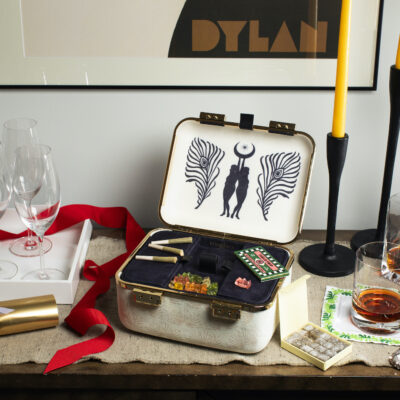
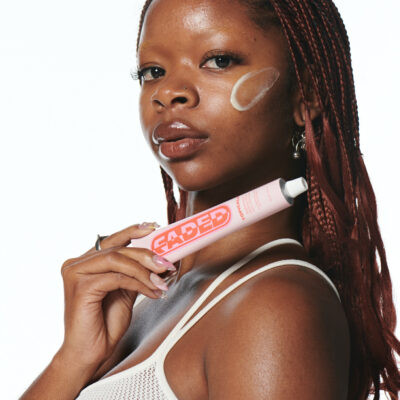
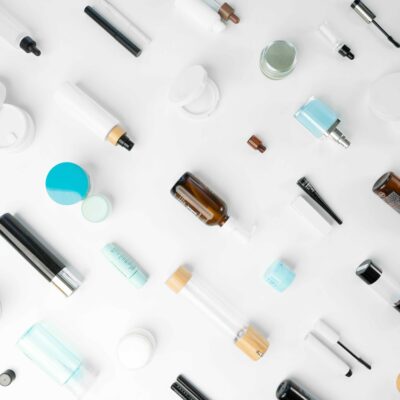
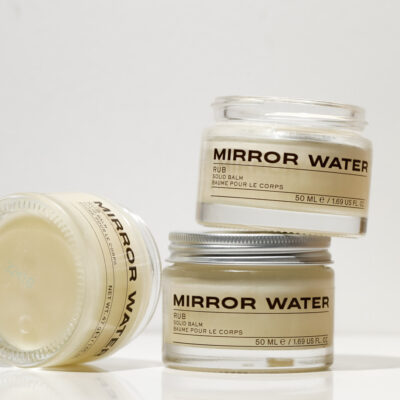
Leave a Reply
You must be logged in to post a comment.